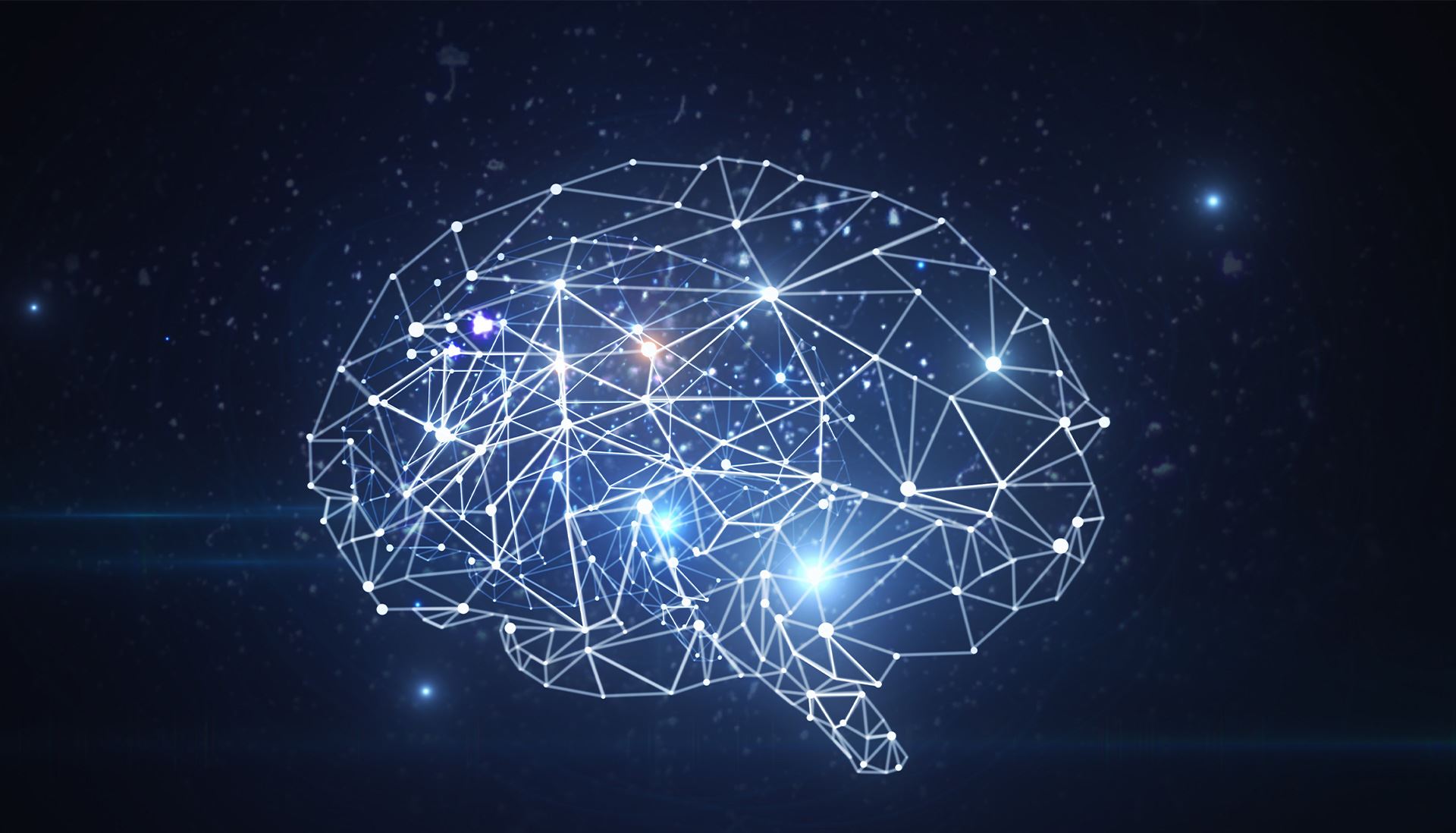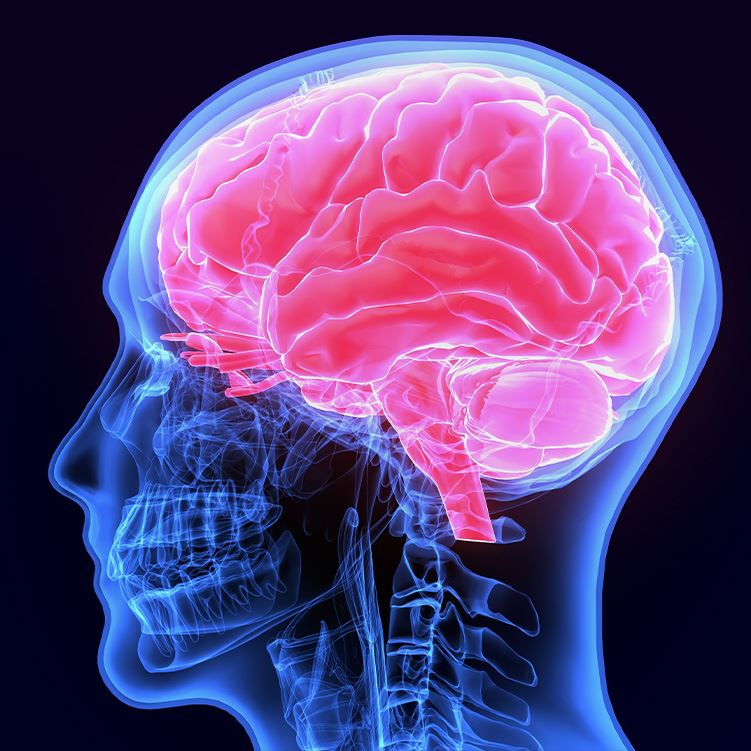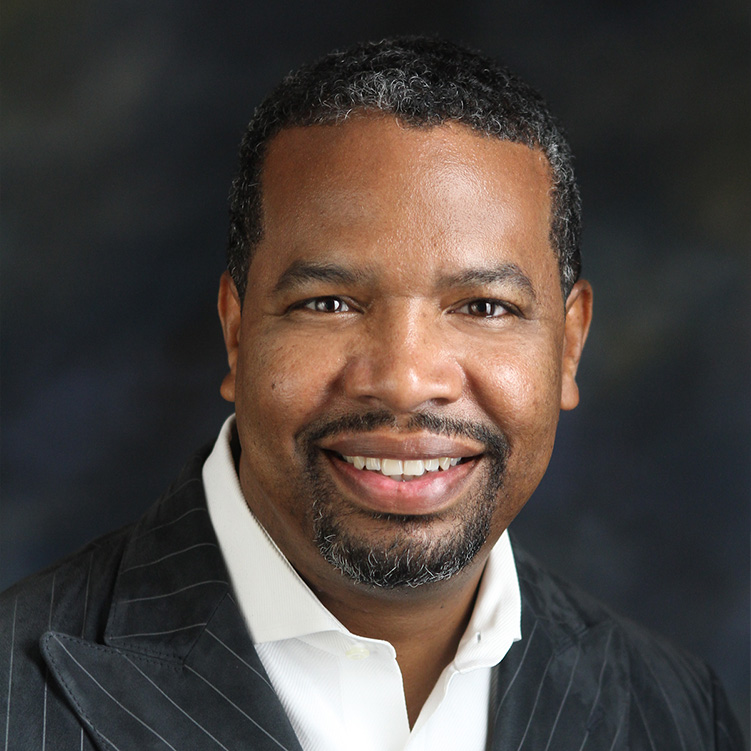
Professional Expertise
Practice Areas
SPORTS NEUROLOGY AND PAIN MEDICINE
Dr. Williams is a board-certified clinical neurologist with very specialized areas of subspecialty: Sports Neurology and Pain Medicine. While these may seem to be unique, unfamiliar, and/or unrelated areas of medicine, they are really quite complimentary. And he believes the overlapping themes make him a more effective physician and hopefully makes you – a healthier and happier patient.


Stay In The Know

-
Latest Health InsightsLearn and explore our blogs and updates about sports neurology and pain medicine. Education is power & we are here to empower.
-
Visual & Audio InsightsWith years of practice and featured stories, watch our informative videos to gain a deeper understanding of our services and recent discoveries.
-
Recognized ExcellenceWe are trained and sharing our knowledge. Stay updated with the latest advancements and knowledge from recent discoveries.
SPORTS NEUROLOGY
Sports Neurology is a new, exciting, and evolving area of subspecialty in Neurology. Most people are at least aware of how sports and the brain are related from the topic of Concussion, which has dominated the headlines of both health and sports media for several years. Along with other Sports Medicine specialists, Neurologists are at the forefront of evaluating and managing Concussion. But Sports Neurology is about much more than concussion. Sports Neurology is devoted to a wide range of issues including:
1. Sports Related Neurological Injuries
Whether on the sideline, in the emergency department, or the Kerlan-Jobe Center for Sports Neurology, my practice involves the evaluation and treatment of the entire nervous system. Issues may arise in any of these areas from sports including:
- Brain (Concussion/TBI)
- Spine and Spinal Cord
- Brachial Plexus
- Peripheral Nerves
- Muscle
- Sports-Related Neurological Emergencies
2. Consultation Regarding Safe Participation in Sports and Athletics by Patients with Neurological Conditions
Dr. Williams is frequently consulted by patients, trainers, coaches, agents, and other stakeholders for expert opinion regarding safe participation or return to play. The questions include:
- Is it safe to play certain sports if you have a history of seizure or epilepsy?
- If you’ve been diagnosed with a cyst in your brain, should you avoid certain activities? Does a history of neuromuscular disease mean you should avoid certain sports?
- How long must one wait after a Traumatic Brain Injury or stroke before returning to sport. When is It safe?
- How many concussions is too many and when should an individual consider retirement from sport or changing what they do?
PAIN MEDICINE
Pain Medicine is a fascinating medical subspecialty practiced by Neurologists, Anesthesiologists, Physiatrists, Psychologists, and Internists, as well as Primary Care physicians. People seek care to manage pain more than any other symptom and they visit physicians, therapists, trainers, acupuncturists, chiropractors, healers, and other healthcare professionals to find relief. But as a Neurologist, Dr. Williams understands and hopes to reveal to his patients that All Pain Is In The Brain. My approach to pain medicine is neurologically based. It is based on Pain Science. And it is effective.
Treating pain can be much trickier than one might imagine. Even the definition of pain is complex. The International Association for the Study of Pain defines pain as “an unpleasant sensory and emotional experience associated with actual or potential tissue damage, or described in terms of such damage". Most people think of pain as a sensation, when in reality it is an experience. The difference is critical to achieving comprehension and successful treatment.
- PAIN IS NOT: An unpleasant sensation (a physical feeling or perception resulting from something that happens to or comes into contact with the body)
- PAIN IS: An unpleasant experience (a physical and mental state one goes through or lives through; a state that involves practical observation of facts or events as apprehended/understood). Therefore, what you understand affects your experience-and, therefore affects your pain.

Overlap and Synergy
There are overlapping themes present in the approach to my two areas of sub-specialty
- The Brain
- Sports Neurology: Your brain makes you better. Neurological approaches to performance and benefits of exercise on neurological function contribute to Peak Performance athletically, academically, and professionally – across the lifespan.
- Pain Medicine: All pain is in the brain. Understanding neurological pathways, expectation, insight, and how the brain processes electrical signals provides comprehensive approaches to Pain Medicine using sound, state-of-the-art Pain Science.
- Education
- Sports Neurology: Teaching athletes (and others) how we can assess and train vision, balance, proprioception, focus, concentration, reaction time and more Neurological functions and skills to optimize performance is a game changer.
- Pain Medicine: Teaching patients with pain key aspects of Pain Science is a critical aspect of management. Education as intervention is far more effective than blindly prescribing a medication, intervention, or surgery. Dr. Williams focuses on making education a key part of any treatment program.
- Neuroplasticity
- Sports Neurology: The brain and nervous system have the ability to change. Connections between neurons and neural pathways can strengthen with the right intervention, resulting in significant improvements in skills and performance. That’s why training the brain improves vision, balance, reaction time, accuracy, speed of mental processing, focus, concentration and overall performance.
- Pain Medicine: Changes in how the nervous system processes signals can explain why patients experience severe chronic and neuropathic pain. Understanding this Neuroplasticity helps patients gain insight into their pain experience and informs targets for intervention.
- Neuromodulation
- Sports Neurology: Applying stimulation to the brain using transcranial magnetic stimulation, transcranial direct current stimulation, and other techniques is an exciting new area of research and intervention being used to treat Neurological injury, recover and rehabilitate after surgery, and optimize performance.
- Pain Medicine: Cryoablation (targeted/focused cold therapy), Radiofrequency/Pulsed-Radiofrequency Denervation, Spinal Cord and DRG Stimulation, Peripheral Nerve Stimulation, and Transcranial Magnetic Stimulation are the newest, most exciting, and promising interventional techniques for managing pain. Dr. Williams employs these techniques in athletes and non-athletes. They are particularly attractive because they can reduce or eliminate the need for dangerous opioid medications and other prescription medications involving the risk of intolerable or clinically significant side effects.
- Multidisciplinary Approach
- Sports Neurology: Dr. Williams works with athletic trainers, physical therapists, movement specialists, orthopedic surgeons, primary care sports medicine specialists, physiatrists, sports psychologists, other neurological subspecialists, performance specialists, strength and conditioning coaches, imaging specialists, technicians, and other professionals on a daily basis as part of a multidisciplinary team. This kind of collegial multidisciplinary atmosphere provides for cross pollination of ideas and approaches that result in a synergistic benefit to clients and patients.
- Pain Medicine: Dr. Williams works with athletic trainers, physical therapists, movement specialists, orthopedic surgeons, pain psychologists, other neurological subspecialists, anesthesiologists, imaging specialists, technicians, and other professionals on a daily basis as part of a multidisciplinary team. This kind of collegial multidisciplinary atmosphere provides for cross pollination of ideas and approaches that result in a synergistic benefit to clients and patients.
These common themes are critical because they work synergistically as areas of interest and expertise. Dr. Williams believes he is a better Sports Neurologist because of his experience and expertise in Pain Medicine. And he is a better Pain Medicine Specialist because of his background and expertise in Sports Neurology.
Contact our team today to see how we can help.